For Swiss glaciers, 2022 was a ‘disastrous’ year
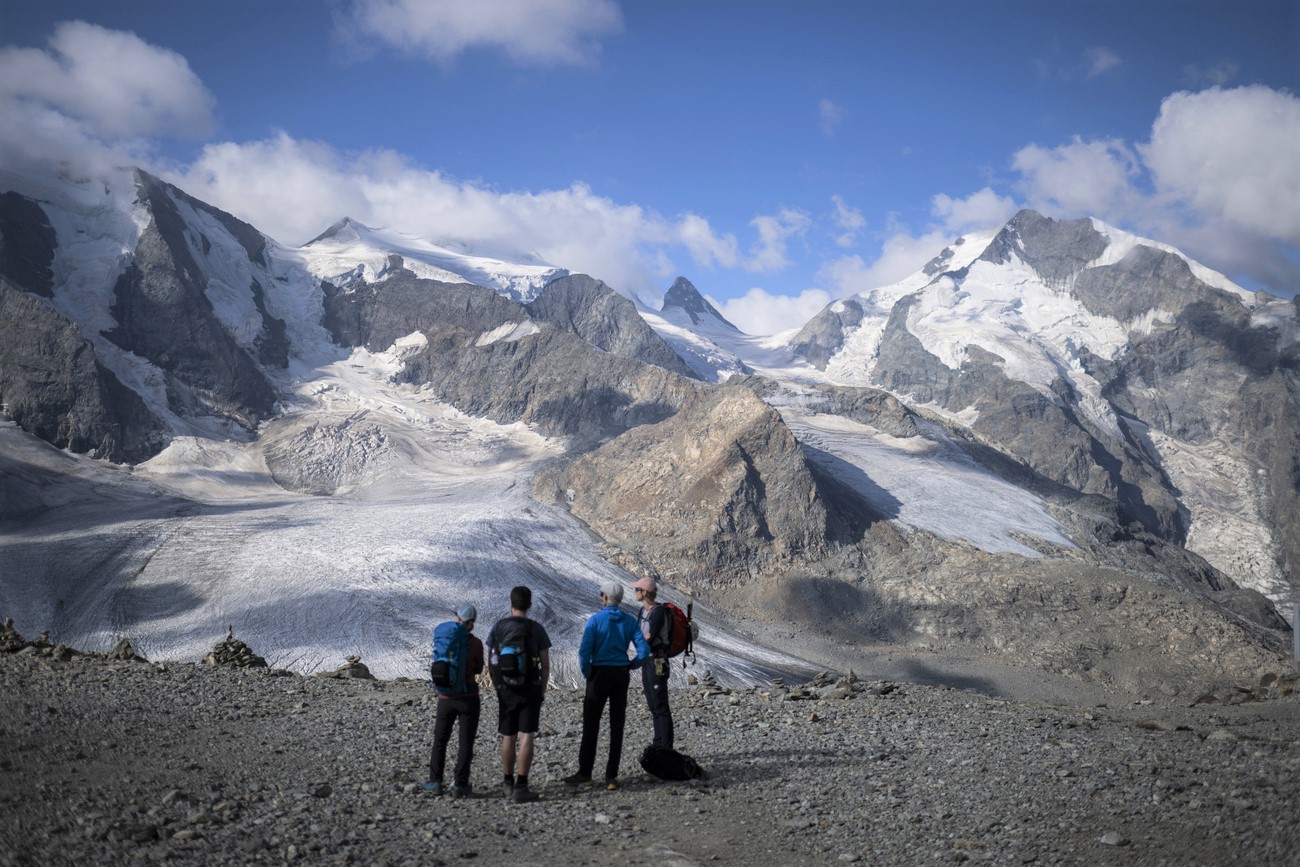
Swiss glaciers have lost more than 6% of their volume this year, according to a recent academic study. The decline smashed previous record retreats, but it was not entirely negative.
“For Swiss glaciers, 2022 will go down in history as the worst of all,” Daniel Farinotti, a glaciologist at the federal technology institute ETH Zurich, told SWI swissinfo.ch. “Such a loss has never been seen before,” adds the scientist, who is also a member of the steering committee of GLAMOS, the Swiss glacier monitoring network.
This year, Swiss glaciers have lost around three cubic kilometres of ice, which represents more than 6% of their volume, the Swiss Academy of Sciences (SCNAT) reportedExternal link on September 28.
Previously, an annual ice volume loss of 2% was defined as “extreme”. This year’s melt rate far exceeded the previous record set in 2003, said SCNAT, which described 2022 as a “disastrous” year.
In the Engadine region in southeast Switzerland and in canton Valais in the south, a layer of ice measuring between 4 and 6 metres disappeared at an altitude of 3,000 metres. The average in recent decades was about one metre. The loss was particularly dramatic for small glaciers.
Small glaciers like Pizol in the east near Liechtenstein, Vadret dal Corvatsch near St Moritz in the southeast, and Schwarzbachfirn in central Switzerland have “practically disappeared”, said SCNAT, which bases its report on measurements carried out by GLAMOS.
To calculate how much ice is lost from glaciers, two measurements are taken: the first in April to find out how much snow has accumulated and the second in September to measure the effects of warming.
Little snow, sand and heat
There are basically three reasons for the strong retreat of the glaciers this year, according to experts. One is the low snowfall in winter and spring. Another is sand from the Sahara Desert that blew all the way to Switzerland between March and May and deposited on ice and snow. The contaminated snow absorbed more solar energy and melted faster. Finally, the exceptional summer heatwave resulted in record temperatures even at high altitudes.
The summer of 2022 was the second-warmest in Switzerland since measurements began in 1864. On July 25, the zero-degree line – the height at which the temperature goes into the minus – was recorded at an altitude of 5,184 metres. The previous record (5,117 metres) was on July 20, 1995, MeteoSwiss reported.
Matthias Huss, a glaciologist at ETH Zurich and director of GLAMOS, told the Tages-Anzeiger newspaper that in June the glaciers lost more than 300 million tonnes of snow and ice in one week. “We could have filled an Olympic swimming pool every five seconds,” he said.
The effects of the heatwave in particular and of global warming in general are especially visible on the Tsanfleuron Pass, at an altitude of 2,800 metres between cantons Vaud and Valais. For the first time in thousands of years, the two ice tongues are no longer connected by a thin icy strip and people can again walk directly on rock.
The speed of deglaciation in the Alps is hard to accept: within just two months, a mountain pass at Les Diablerets @Glacier_3000External link, Western Switzerland, ice-covered for several thousand years, became ice-free.
— Matthias Huss (@matthias_huss) September 6, 2022External link
The summer of 2022 has shifted the realities for Alpine #glaciersExternal link… pic.twitter.com/MaBdor567PExternal link
Thawing water: a ‘blessing’
The retreat of glaciers is altering the landscape and making some Alpine slopes more unstable. But the melting is not entirely negative.
Amid the drought conditions, the glacier meltwater has made it possible to compensate for the low rainfall this year and to help fill dam reservoirs used for hydroelectric production. Hydropower plants provide more than 60% of the electricity produced in Switzerland.
“Last winter we had very little snow so there was a lack of water from snowmelt. But the glaciers in dam catchment areas have provided a lot of water this summer,” Bettina Schaefli, a hydrology professor at the University of Bern, told SWI swissinfo.ch.
This year’s developments show just how important glaciers are for the water regime and energy supply during dry and warm years, writes SCNAT. The water from melting glaciers in July and August would have been sufficient to fill all the reservoirs in the Swiss Alps.
In the face of the looming energy shortage, glacier meltwater is a “blessing” for hydropower plants, says Huss.
* In an earlier version of this article we had erroneously written that glaciers lost more than 300,000 million tonnes of snow and ice in one week. The correct figure is 300 million tonnes.
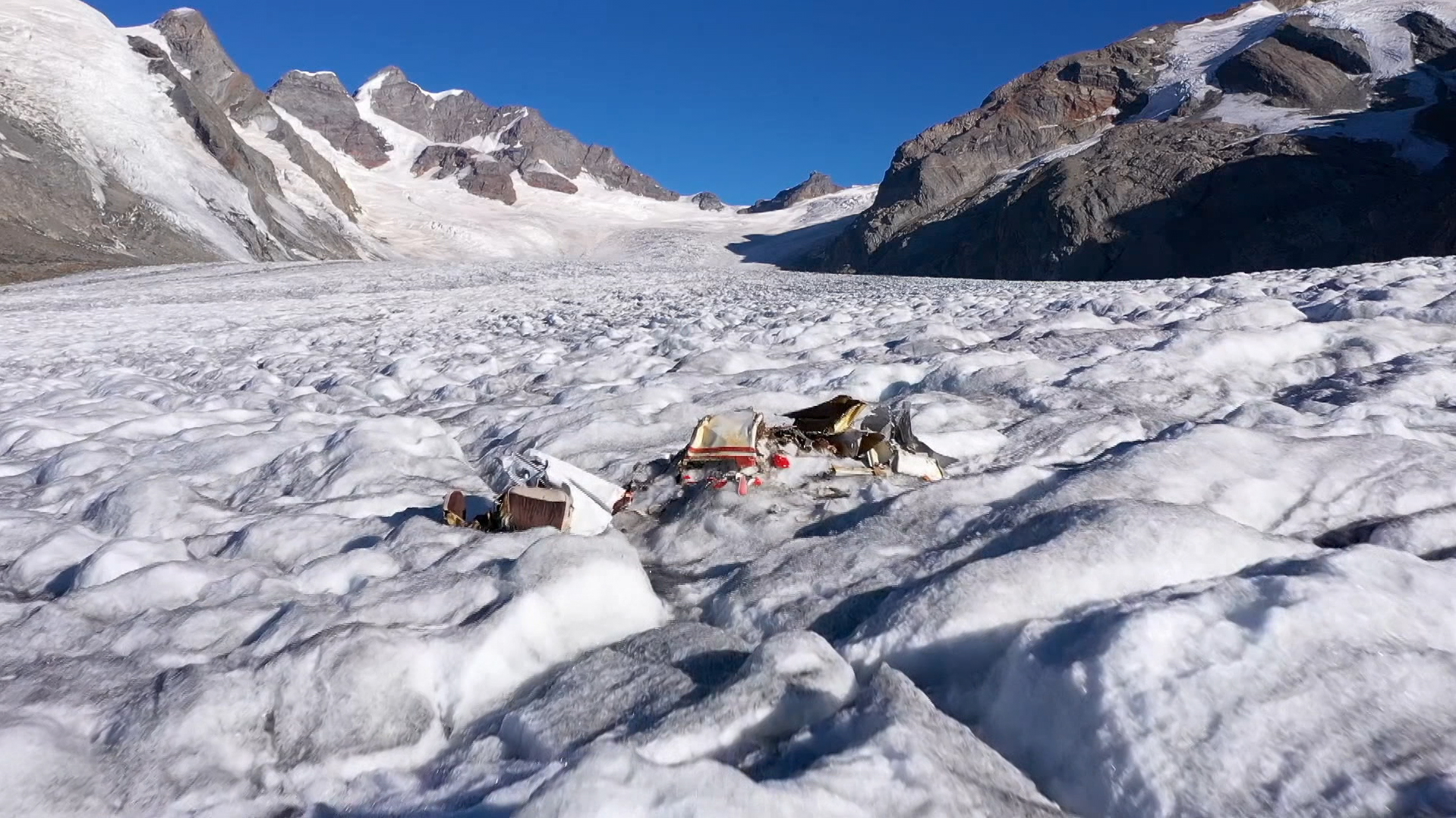
More
More human remains and objects emerge as glaciers retreat

In compliance with the JTI standards
More: SWI swissinfo.ch certified by the Journalism Trust Initiative

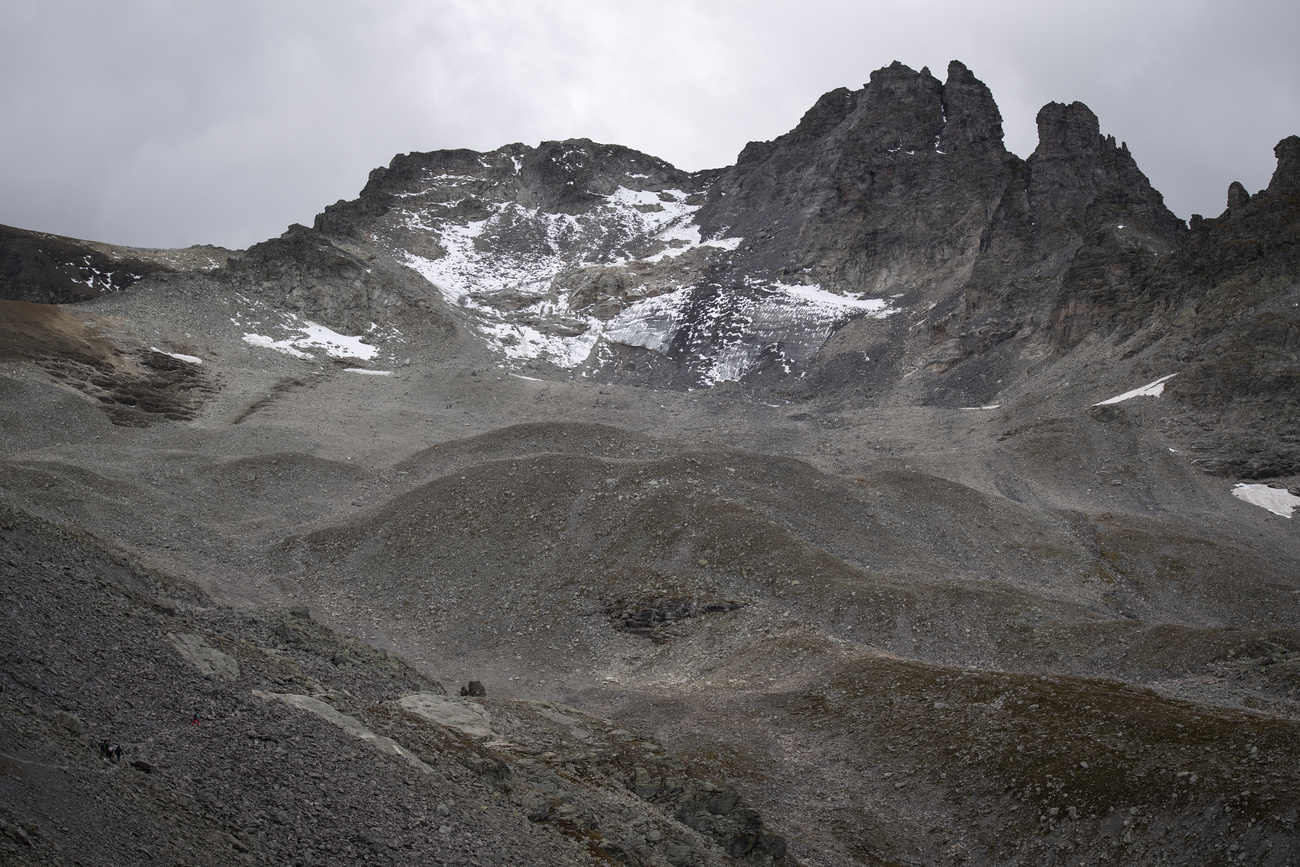
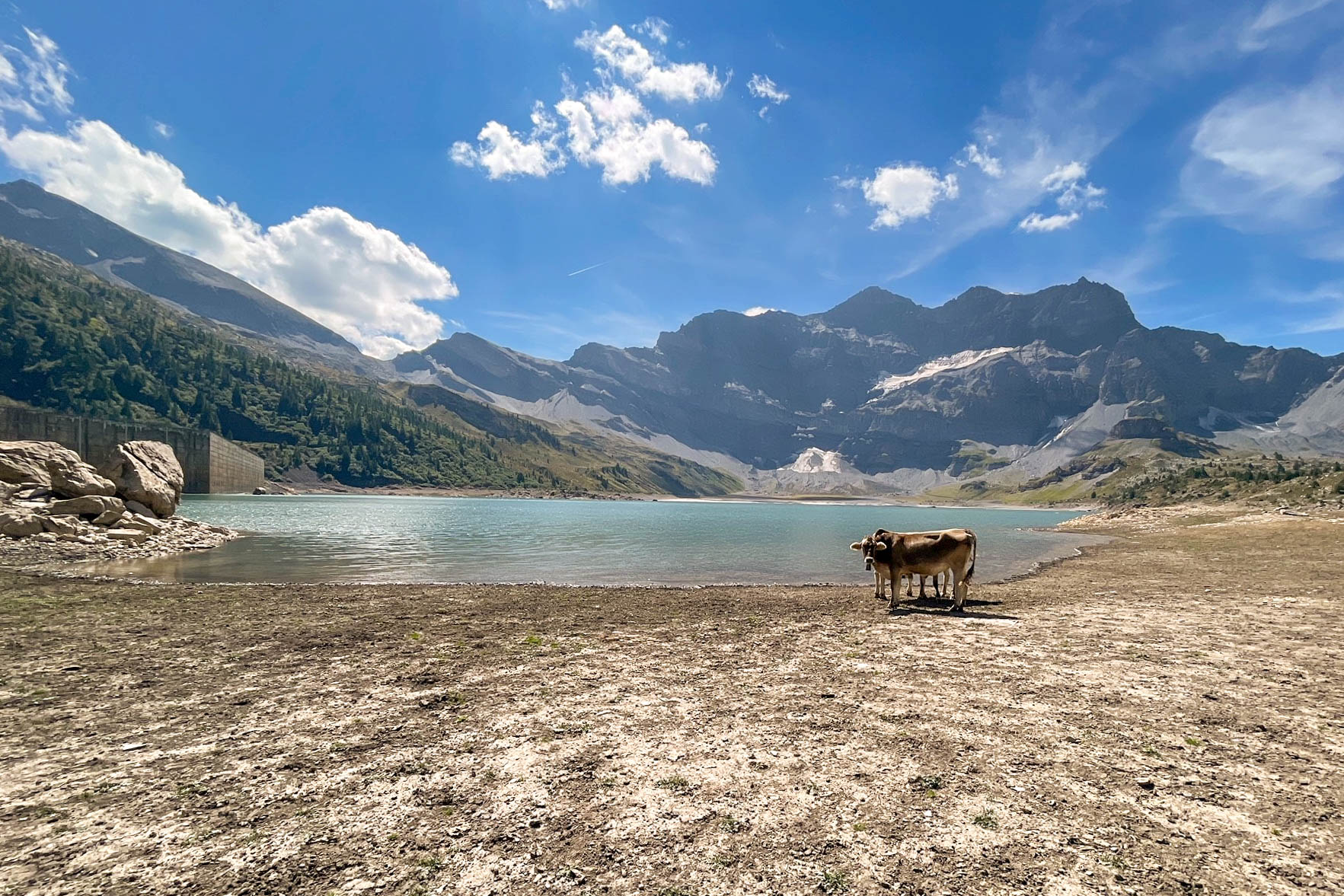
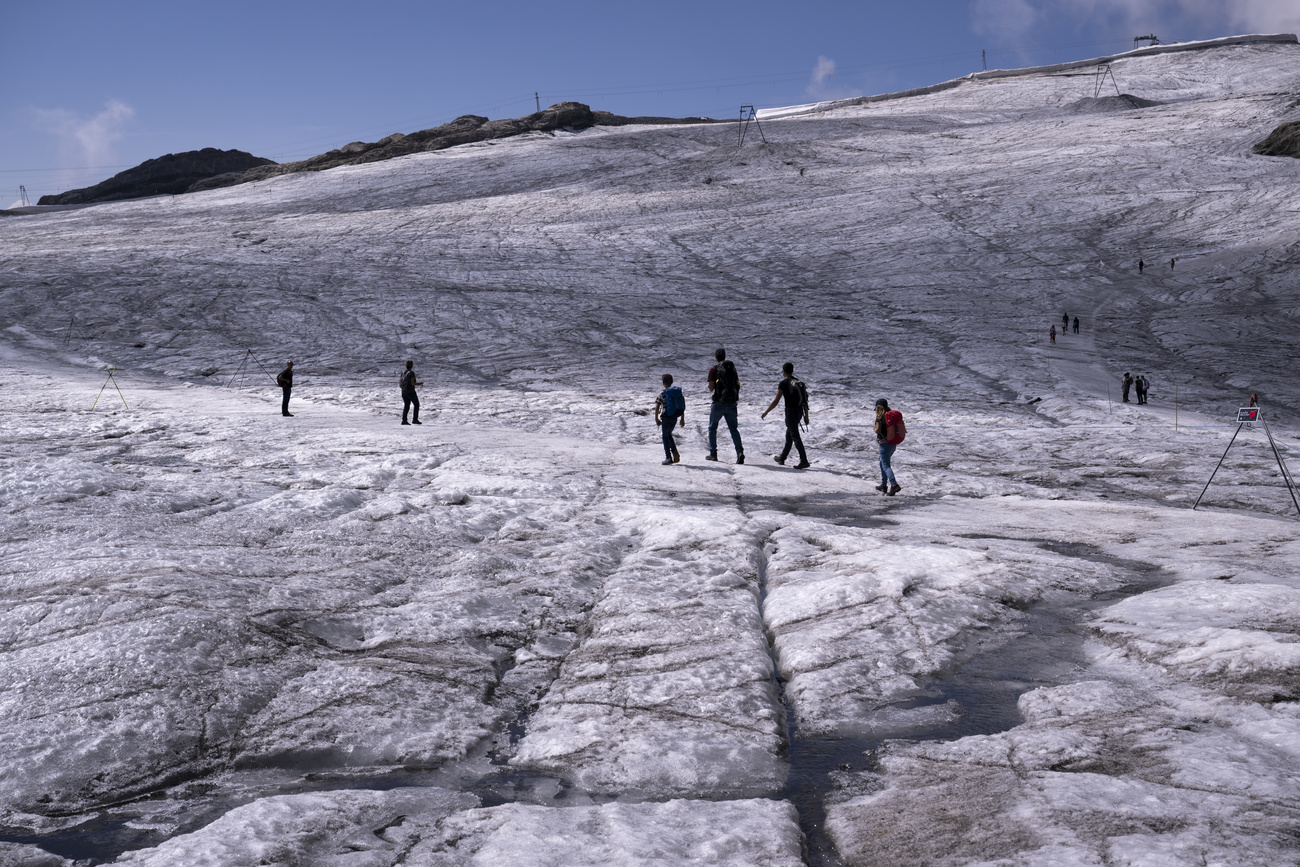
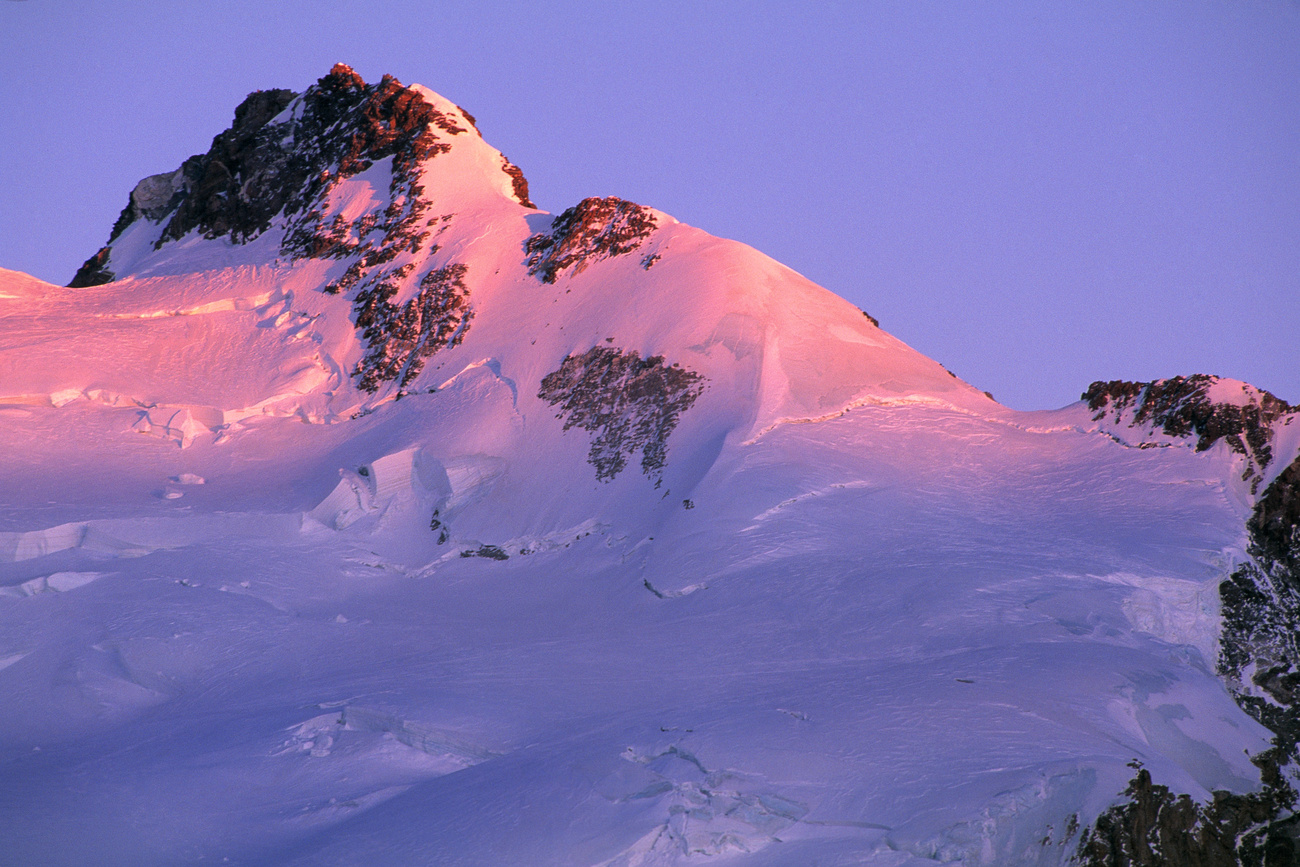
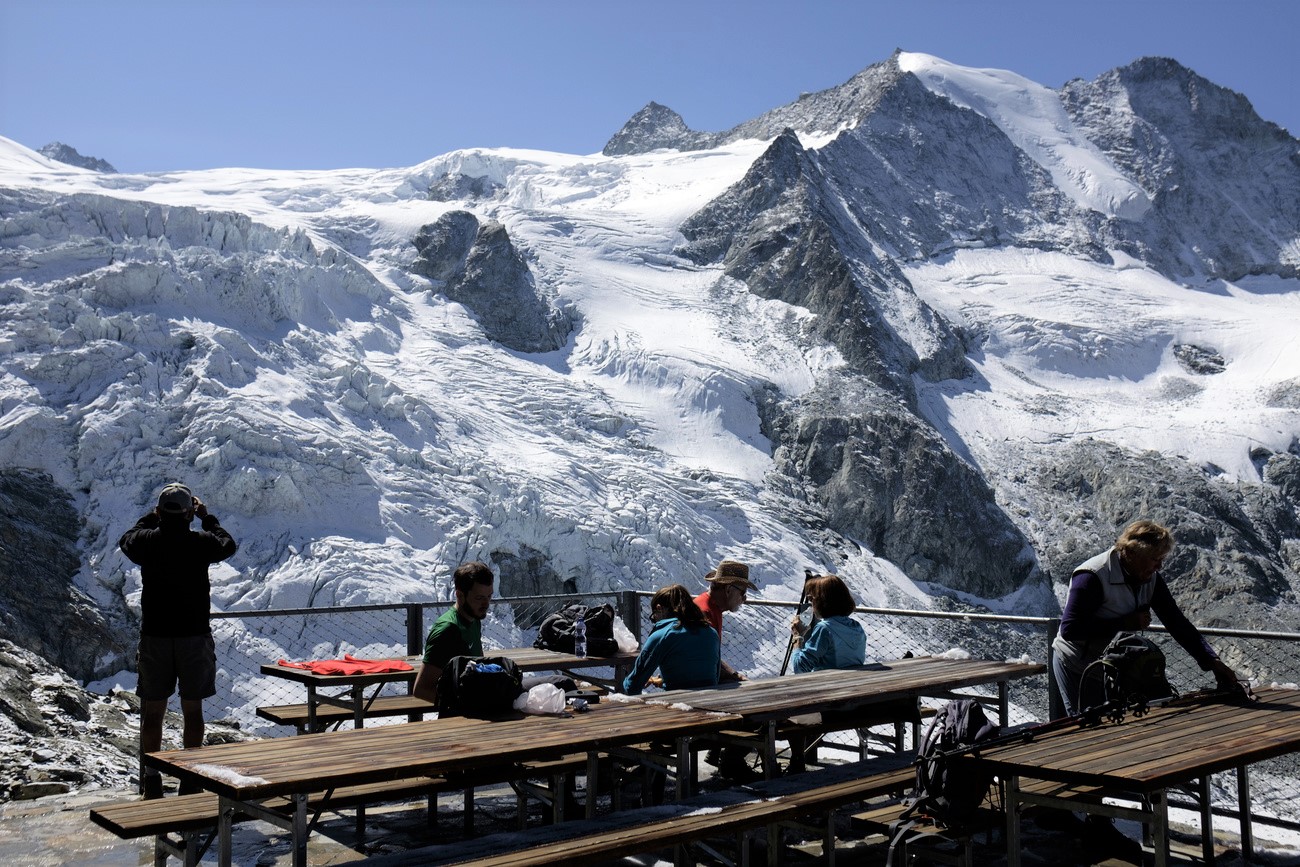
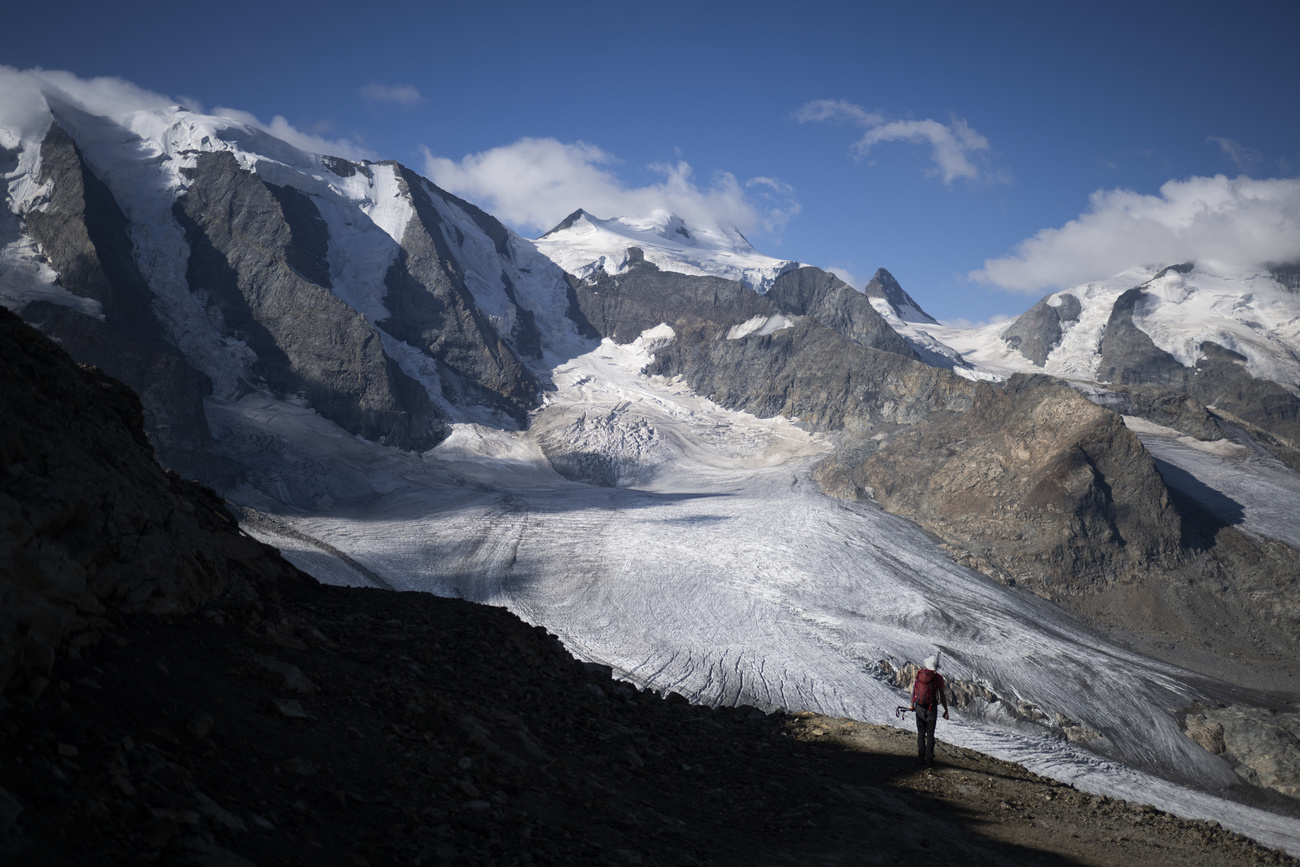
You can find an overview of ongoing debates with our journalists here. Please join us!
If you want to start a conversation about a topic raised in this article or want to report factual errors, email us at english@swissinfo.ch.